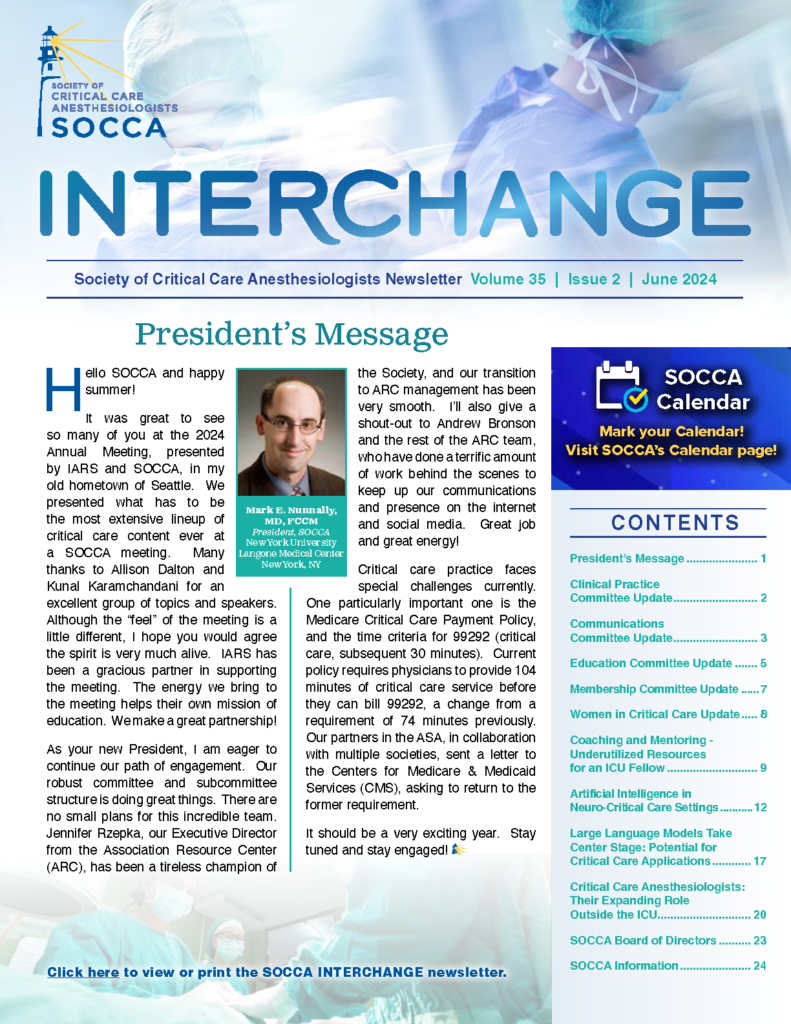Virtual Fellowship Interviews Advantages & Disadvantages
The COVID-19 pandemic has had a significant impact on critical care education and fellowship recruitment. Adherence to the social distancing guidelines required the Critical Care Fellowship applicants and the fellowship programs to adapt to the world of virtual interviewing for the 2020-2021 recruitment season. Initially, virtual interviewing was envisioned as a temporary solution to the ongoing pandemic with the hope of returning to in-person interviews for the next recruitment season. Unfortunately, virtual interviewing is likely the new norm for critical care fellowship interviewing, given the unrelenting pandemic. Given this new reality, fellowship programs must understand the advantages and disadvantages from an applicant's perspective for this new era in the fellowship recruiting process.
Advantages
The virtual interview process has many undeniable benefits for applicants, the most obvious of these being simple convenience. Most applicants are residents with neither the free time nor the schedule flexibility to accommodate interview travel. The virtual interview process helps to mitigate both of these obstacles. Instead of requiring three days away from training to fly cross country, attend the pre-interview meet & greet, interview in person the following day, and then fly back home, applicants interviewing virtually need only secure a single day off for an interview. This shorter absence also makes it substantially easier to find coverage for last-minute interview invitations. The virtual interview process also dramatically reduces interview season costs for applicants. Gone are the pricey last-minute plane tickets and multi-night hotel bills. Instead, applicants are able to interview from anywhere with an internet connection, at virtually no cost at all. Finally, one of the most controversial benefits of the virtual interview process may be that it allows applicants the chance to interview with a greater number of programs. This might initially seem counterintuitive to programs looking to screen for “serious applicants” only. However, one can only learn so much about a program from scrutinizing its website. The real connection comes from the opportunity to meet its people, and this opportunity is lost when applicants are forced to pare down an interview list from fifteen programs to five because of travel timing or expenses.
Disadvantages
Numerous benefits notwithstanding, the virtual interview process has its share of hang ups as well. Missing Zoom links, shoddy connections, unmuted microphones—these are just a small sample of the technical difficulties that beleaguer virtual applicants and programs alike. And to make matters worse, it seems that every program uses a different interview platform. So, while one applicant might know how to troubleshoot their video feed on Thalamus, they are hopelessly lost with Microsoft Teams. In addition to tech troubles, virtual interviews offer no way for applicants to get to know a program’s campus or community. While it is largely true that one hospital looks much like another, the same cannot be said for the cities that surround them. The idea of making a commitment to a program without knowing anything about the place one will be living is understandably unsettling to many. Finally, and perhaps most importantly, the interpersonal aspect of interviewing is something that many find to be diminished by the virtual format. Small yet undeniably meaningful things like a welcome handshake are missing, and there is none of the relaxed camaraderie that comes from sitting down with faculty and fellows to share a meal or grab a coffee. In a way, the interview process feels somewhat dehumanized without these types of genuine face-to-face interactions, and this is something that bears meaningful consideration should programs choose to continue with the virtual interview format.




































